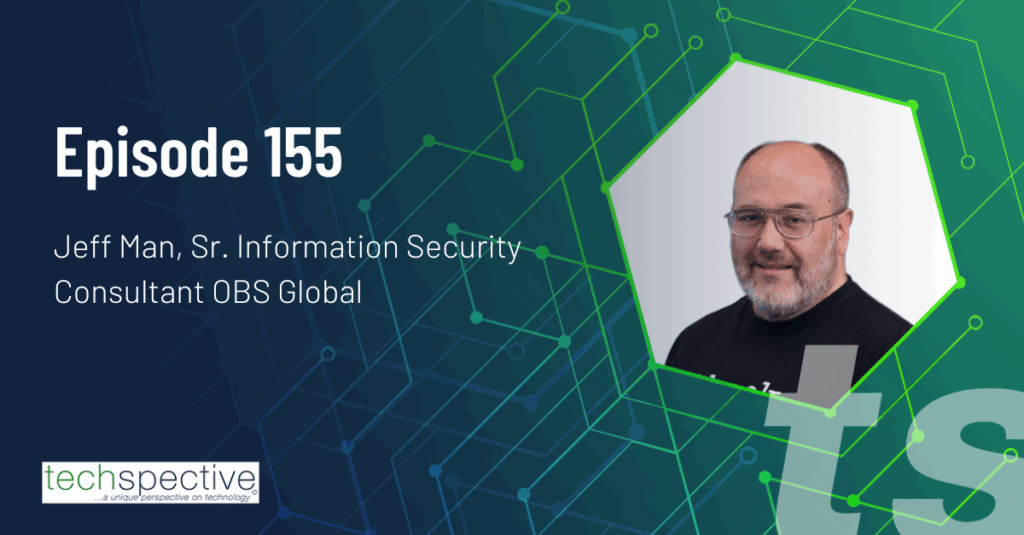In the past, technology was a topic of discussion primarily among engineers and scientists. Debates would erupt over technology, but they were confined to esoteric conferences, labs or lecture halls.
Our connected world has changed all that. Now it’s not unusual for people to talk about technology – its benefits, challenges and social implications. And those people are not always technical experts.
AI and autonomous cars, cloud, connected medicine and data breaches continue to be hot topics. But various policy and societal factors are pushing another technology issue – encryption – into the collective consciousness. That’s why we can expect 2020 to be the “Year of Encryption.”
Why 2020 Will Be the Year of Encryption
This year, dialogue about encryption – from a business, consumer and policy standpoint – will reach a crescendo. This will happen in the U.S. and beyond. Here are a few examples.
Businesses are stepping up their strategies to ensure compliance with the 2020 California Consumer Privacy Act (CCPA). CCPA, which took effect Jan. 1, gives California residents control over their personal data. This will prompt more discussion and education about personal data privacy. And that will give businesses new incentives to employ encryption technology.
There’s movement on encryption at the federal level, too. A bipartisan group of Capitol Hill lawmakers have re-energized a push for encryption backdoors. And the Australian, U.K. and U.S. governments are pressuring Facebook to scrap plans for end-to-end encryption of Facebook Messenger.
Meanwhile, organizations with an international presence continue their work on General Data Protection Regulation (GDPR) compliance. They also must understand how Brexit will impact regulations governing storage and sharing of sensitive data. Such efforts have new urgency given that British lawmakers in December approved the Brexit bill. And businesses want to avoid the significant GDPR fines they’ve seen some of their peers absorb.
As for consumers, they want more control and privacy over their data. And the advancement in facial recognition software and concerns about voter information protection leading up the U.S. election only amplify their concerns. Yet consumers are often confused about what data privacy really means – and how to enable it.
But a growing number of individuals are now aware that encryption is part of the conversation. Encryption may never be a water cooler topic of conversation on par with “Game of Thrones.” However, in 2020, it will be more readily understood, discussed and debated than ever before.
Autonomous Cars Will Drive More Experimentation, But Use Cases Will Narrow
We’ve also been hearing about the arrival of the autonomous car for some time now. Autonomous cars were once a futuristic idea. But they’re here today, and several businesses have been investing in and experimenting with them.
That has prompted people to talk about autonomous vehicles and their potential benefits and dangers. When these vehicles first arrived on the scene, much of the talk was about their benefits. But experiments don’t always go as planned; in fact, some are catastrophic failures.
This highlights the need for organizations to devote more time and effort to tackle the challenges autonomous vehicles present. (One of those challenges involves how to prevent tampering by bad actors.) As a result, the broad use of autonomous cars will be further in the future than originally expected. And the use cases for these vehicles largely will be limited to short distances and specific routes and speeds.
The Cloud Is Moving in New Directions, Too
Cloud technology also continues to move forward while simultaneously taking a step back.
On the forward-moving front, worldwide public cloud spending is expected to approach $500 billion in 2023. If that plays out, it would be more than twice the public cloud spend from 2019.
But while adoption of public cloud is growing, many organizations are revisiting private cloud strategies. This boomerang effect is occurring as some organizations realize public cloud doesn’t meet all their needs. That is sometimes due to security issues or the challenges of having to rewrite applications. As a result, many organizations that had planned to go 100% public cloud are opting to also use on-premises resources.
Connected Medicine Is Also Bringing IT Home
If you thought house calls were a thing of the past, think again. Like the cloud, medicine is also now coming back in house, at least to some extent.
In the year ahead expect to see more medical devices make their way into our homes. That includes equipment like breathing machines that used to be found solely in medical facilities.
Technological advances are now enabling manufacturers to make these devices smaller. And the fact that these devices are connected means they can be used at home. That can save time and money for consumers and the medical industry.
Meanwhile, Data Breaches Continue on the Same Course – Up and to the Right
Data breaches continued to rise in 2019. And the growing number of medical and other connected devices only increases the threat surface and raises the stakes of cybersecurity. And our data-rich medical records have become the gold standard for today’s cyber thieves.
That said, organizations must do more to safeguard the health and well-being of their customers. That involves having the right cybersecurity and personal data protection measures and technology in place.
But they need to do that without creating a lot of friction for their customers.
Organizations Must Identify and Establish Their Cybersecurity and Data Privacy Sweet Spots
Finding the right balance is a significant challenge. But it’s worth the time and effort for organizations, which should figure encryption into the equation.
Too little security can result in loss of business, reputation and even stock value. Meanwhile, the right balance enables compliance, builds trust and allows for business growth and longevity.
- Encryption Will Take Center Stage in 2020 - January 10, 2020



